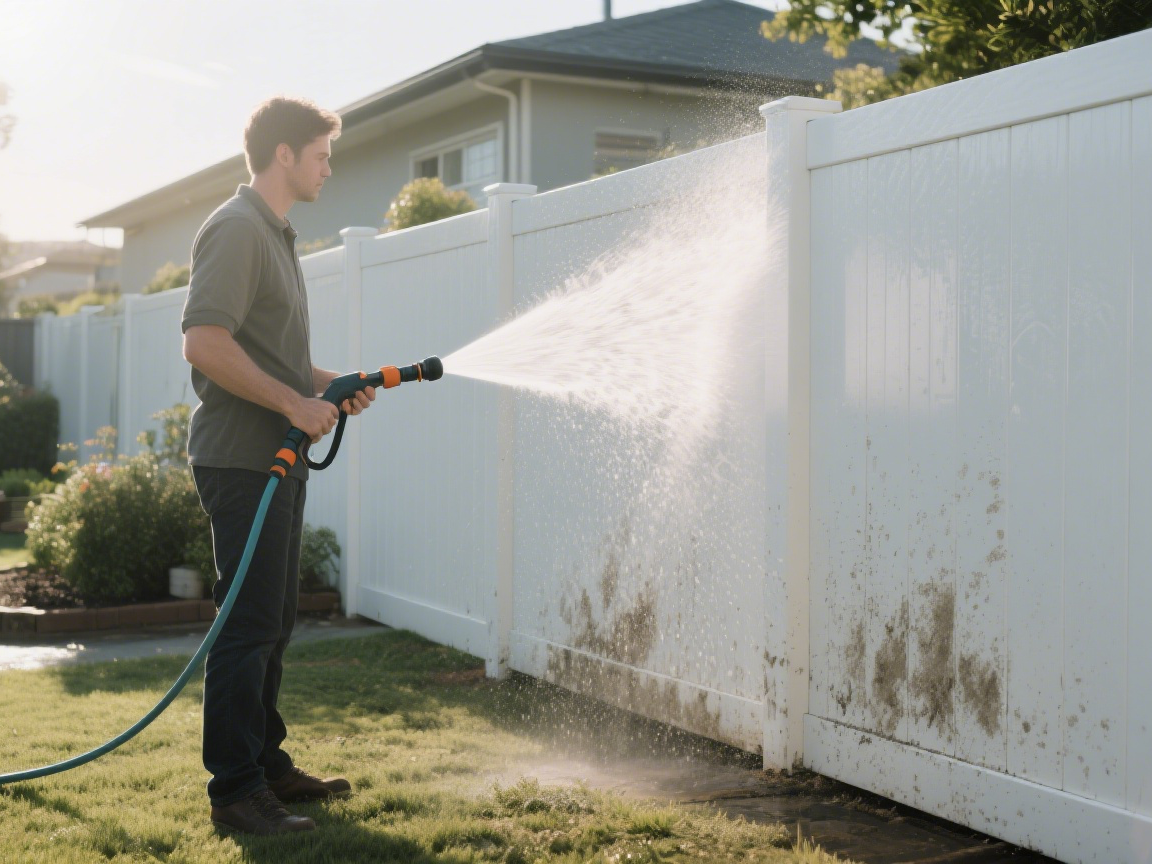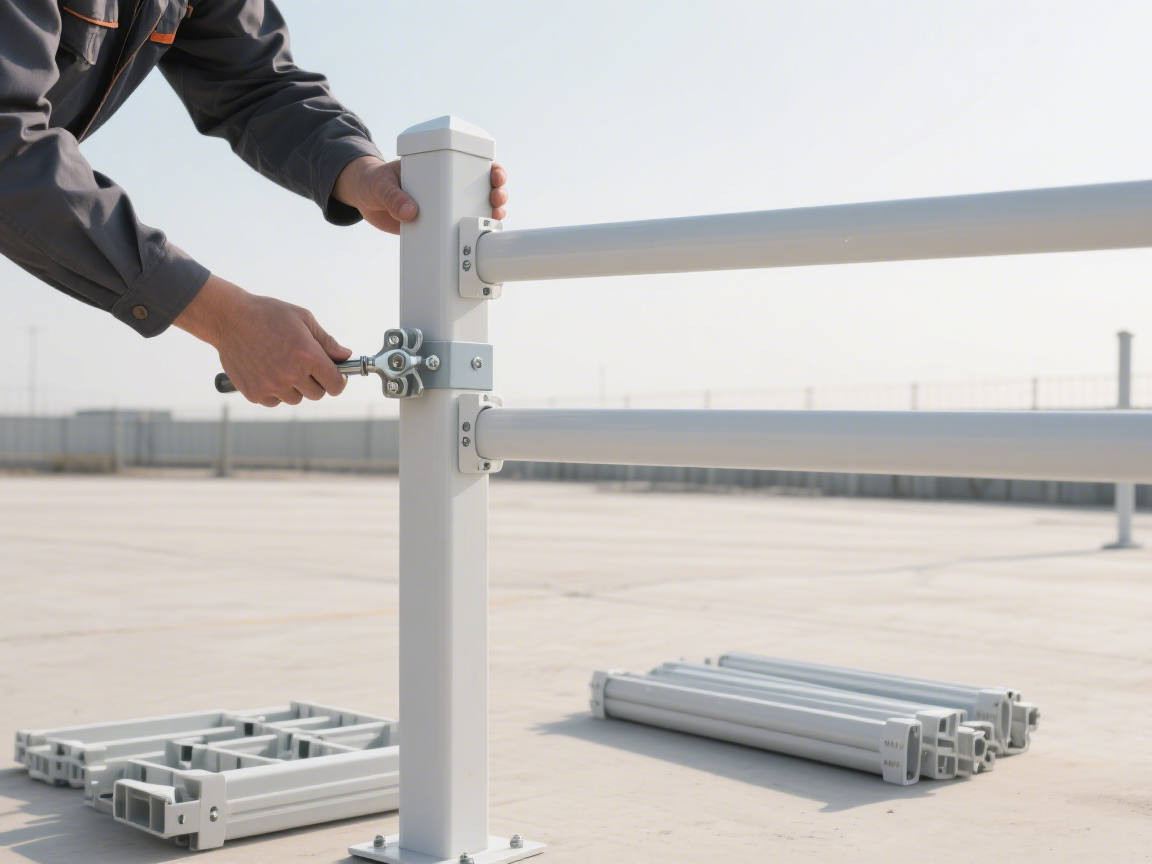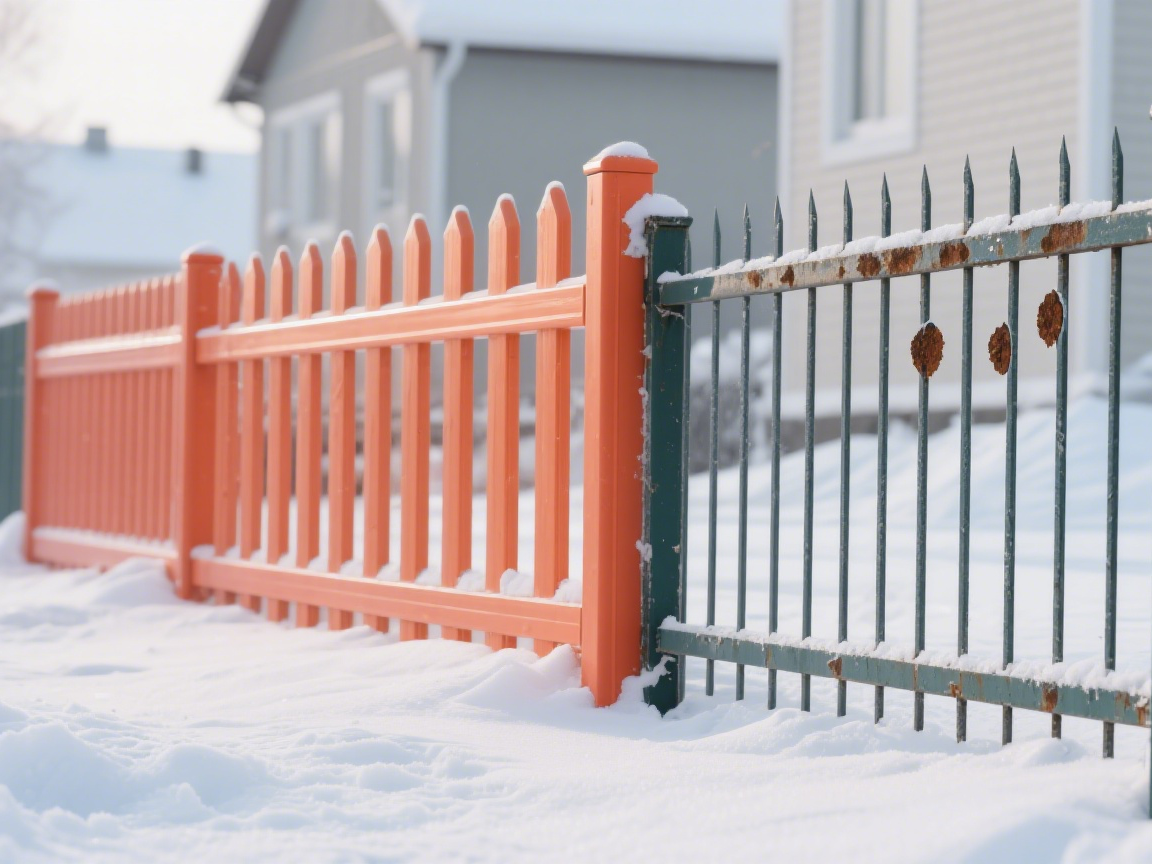Fences are common facilities in daily life, playing a vital role in dividing spaces and ensuring safety. However, traditional wooden and iron fences face numerous problems in practical use. Have you ever been troubled by the mildew and discoloration of wooden fences due to rain erosion? Or worried about iron fences rusting in humid conditions, with mottled welds? Traditional fences are constantly plagued by issues under the test of time and environment. The emergence of PVC fences, like a material revolution, has brought new light to the fence industry.
Breakthrough in Weather Resistance: The “Colorfast Promise” in Environments from -30°C to 70°C
Wooden fences, despite their natural and rustic beauty, are extremely vulnerable to rain erosion, prone to mildew and deterioration over time, losing their original luster. Iron fences, seemingly sturdy, struggle to withstand humid environments, easily rusting when exposed to moisture, which not only affects aesthetics but also reduces their service life. In contrast, high-quality PVC fences achieve a significant breakthrough in weather resistance by adding UV-531 (ultraviolet stabilizer) and calcium-zinc stabilizers. After 5,000 hours of artificial aging testing, their color difference △E ≤ 3 (the national standard is △E ≤ 5), meaning PVC fences perform more excellently in color retention. In coastal areas, PVC fences can still maintain over 90% of their color after 5 years of continuous use, demonstrating strong anti-aging capabilities. A field test in a northern community is even more convincing: at -25°C, the PVC fence showed no cracking, while the iron fence developed 3 rust spots on the welds during the same period. This comparison vividly reflects the superior performance of PVC fences in extreme temperature environments, truly realizing the “colorfast promise” from -30°C to 70°C.

Innovation in Installation Efficiency: Modular Splicing UsherstheFenceInstallationinto the “Hour Era”
The installation process of traditional iron fences is often complex, requiring 3 workers to cooperate with welding machines. Installing a 10-meter-long fence takes 4 hours, which is not only time-consuming and labor-intensive but also has high labor costs—calculations show that its labor cost is 2.8 times higher than that of PVC fences. PVC fences, however, adopt a snap-fit structure of “posts + crossbars + connectors,” greatly simplifying the installation process. A single person can complete the installation of a 10-meter PVC fence in just 2 hours, without the need for welding or professional tools, significantly reducing installation difficulty and dependence on professionals. Some brands have even introduced a “no-digging” base design, which can be directly fixed to hardened ground with expansion screws, making it highly suitable for scenarios like balconies and terraces and further improving installation flexibility and convenience. This modular splicing design of PVC fences has ushered fence installation into the “hour era,” saving users (a great deal of time and energy.

Zero Maintenance Cost: The “Lazy Person’s ” That Refreshes with a High-Pressure Water Gun Rinse
Wooden fences need to be painted with anti-corrosion paint twice a year, costing about 8 yuan per square meter; iron fences require regular rust removal, with labor and material costs reaching 15 yuan per square meter, undoubtedly increasing the maintenance burden on users. PVC fences, with their smooth and dense surfaces, have excellent anti-fouling properties, reaching the 5B grade (the highest grade) in the GB/T 9286-1998 standard. In practical use, even if the PVC fence surface gets stained, it doesn’t require complicated maintenance steps—simply rinsing with a high-pressure water gun can make it look new, earning it the title of “lazy person’s artifact.” Data from a property management company shows that the annual maintenance cost of communities using PVC fences is 87% lower than that of communities using iron fences. This huge cost difference fully reflects the significant advantage of PVC fences in maintenance, allowing users to no longer worry about fence maintenance issues.

In conclusion, PVC fences demonstrate core advantages that subvert traditional fences in terms of weather resistance, installation efficiency, and maintenance cost. They not only solve the many problems faced by traditional fences but also bring users a more convenient, economical, and aesthetically pleasing experience. With the continuous advancement of technology and the increasing demands of people, PVC fences are expected to be widely applied in more fields, leading the fence industry towards a new stage of development.
